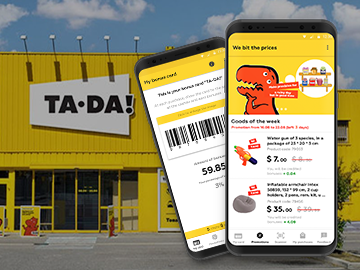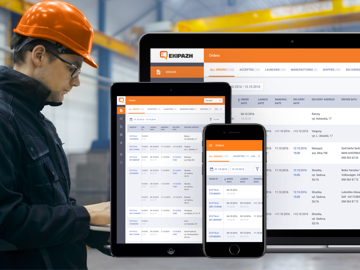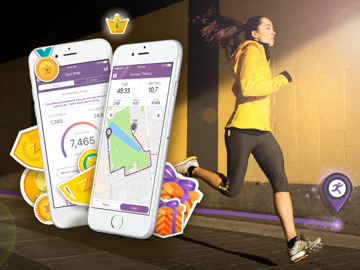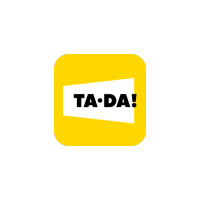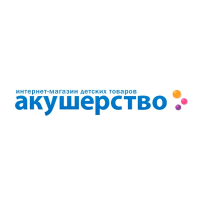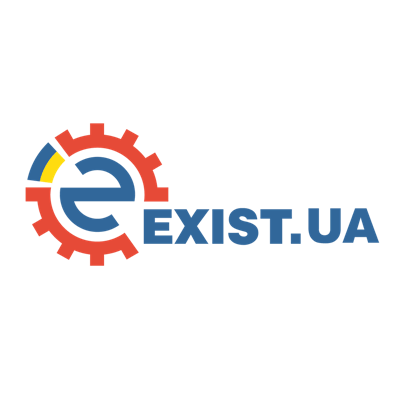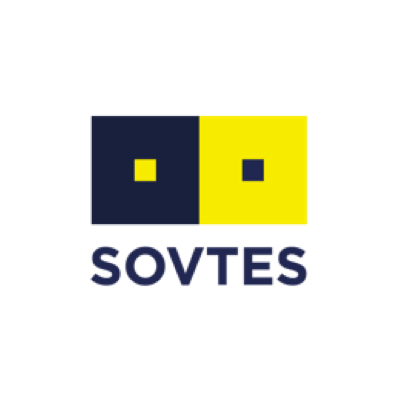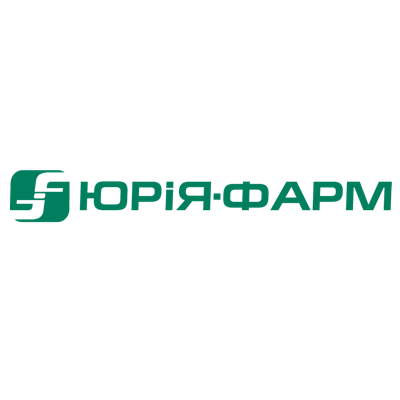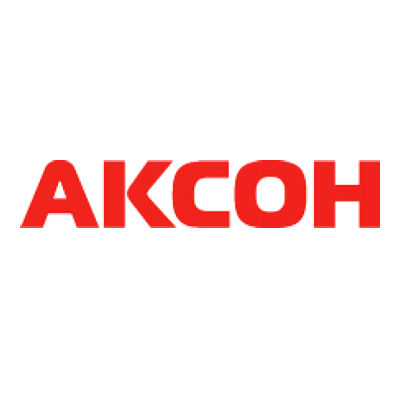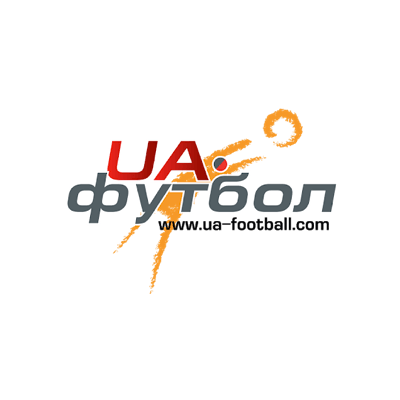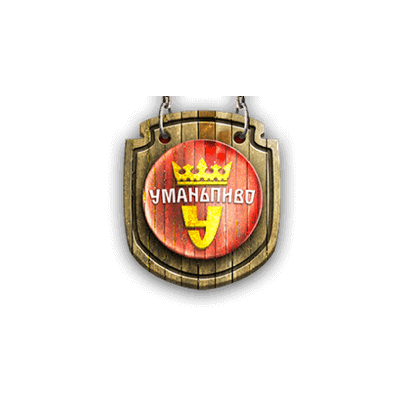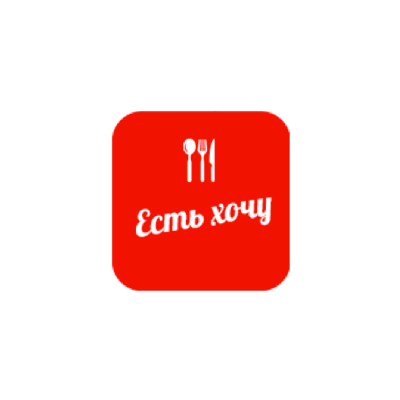Technologies have been designed to meet our daily needs and make our lives more convenient, apparently they have successfully carried out their required functions. Just a couple of buttons touched on the smartphone screen is able to fulfill almost any request of its owner. The current users and even millennials want the most modern and sophisticated things to the bone. We invite you to take part in the race for customer's satisfaction and to create an on-demand app together with us.
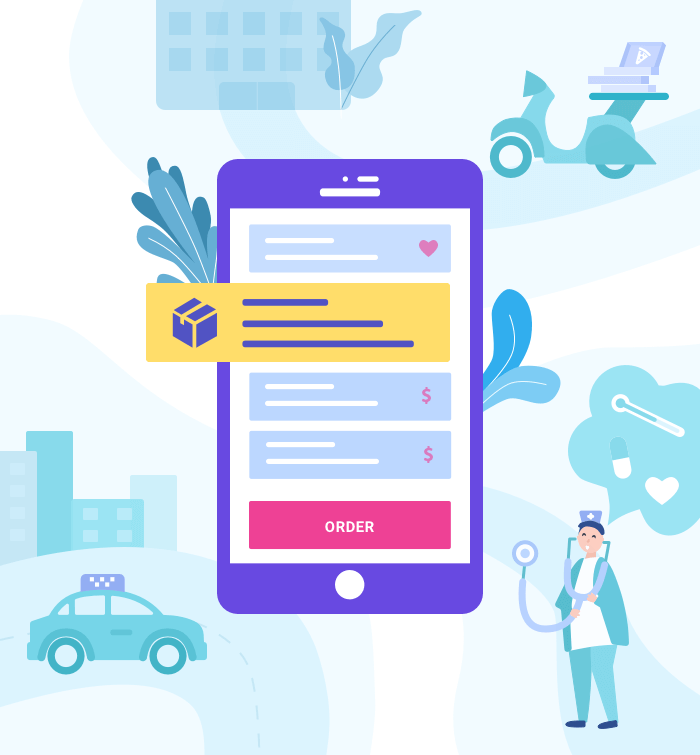
On-Demand Economics: Yesterday, Today and Tomorrow
In 2014, Business Insider made a forecast that the economy on-demand will flourish in the next years. From a scientific point of view, this stage of economic development is defined as the economic activity of technological companies, responding to consumers request with the immediate provision of goods and services.
The figures clearly indicate that this area continues to evolve:
- 86.5 Million Americans are using on-demand mobile apps.
- On-demand mobile app development investments were $10,293 Billion only in the 4th quarter of 2017.
- By 2025, on-demand app development revenue will be $335 Billion.
- If we talk about on-demand service apps customers, their number will reach 56 Million by the end of 2018 and 93 Million by 2022.
What Does This Mean for Startups
This means that now the ground for creating on-demand apps is blessed like never before. The theory of unlimited users need is as relevant as ever. All that needs to be done is to come up with a cool idea of the on-demand delivery app, find out how popular it will be among modern users and move forward towards implementation. To facilitate this path, Woxapp will tell you about the on-demand delivery app developmental process.
On-demand Apps Types
- Person to Person. Within these on-demand apps, one user interacts with the same user. For example, it can be on-demand service apps for finding a person to complete a task (walking a dog, looking after a child or receiving a package).
- Enterprise to Person. This is a classic example of food delivery services. We also developed similar solutions for our clients.
- Enterprise to Enterprise. These are solutions created for interaction between companies.
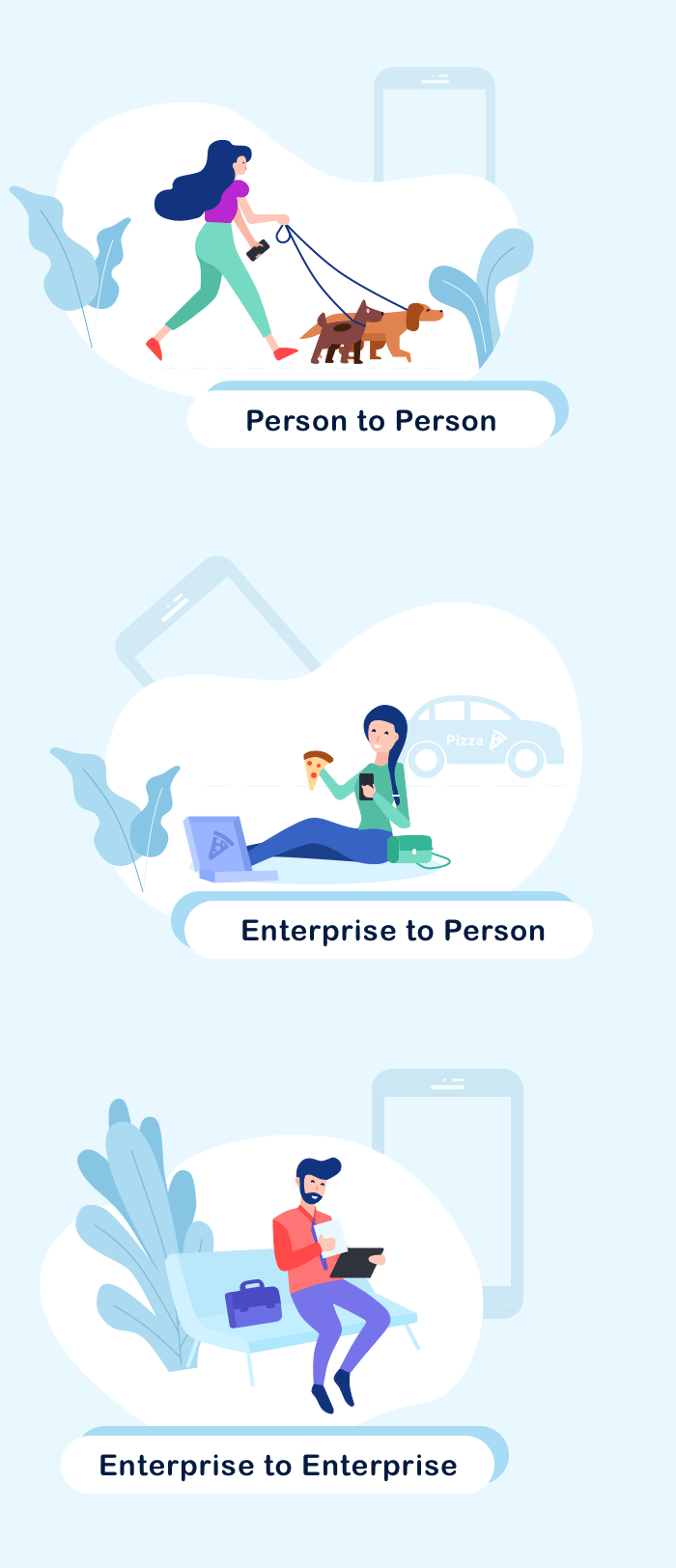
The Most Successful On-Demand App Examples
- Uber. Thanks to this application, Uber and taxi have become synonymous.
- BloomThat. This is a flower delivery service that sends a congratulatory message to colleagues or friends and can apologize to your girlfriend instead of you.
- TaskRabbit. This is a typical P2P application designed to find people to perform a variety of tasks.
- Medicast. This is one of the best applications for the e-health sector. Despite its high prices, health benefits and the ability to get help in emergency situations are invaluable.
- Instacart. The solution allows you to shop in stores within your location with to-house delivery.
- Starz on-demand app. This application allows you to download any movies or shows and can watch them offline. Starz on-demand iPad app is a digital content provider.
One Step Before On-Demand Mobile App Development: Drawing a User’s Portrait
Before you begin on-demand service app development, you need to understand who your customers are. The portrait of the average on-demand app user is as follows:
- The average age of the user is from 25 to 44 years old (55%);
- 59% are men;
- 45% have higher education;
- 54% live in the suburbs and only 18% in the cities;
- 68% have stable average earnings, and 47% of users earn above the average salary indicator.
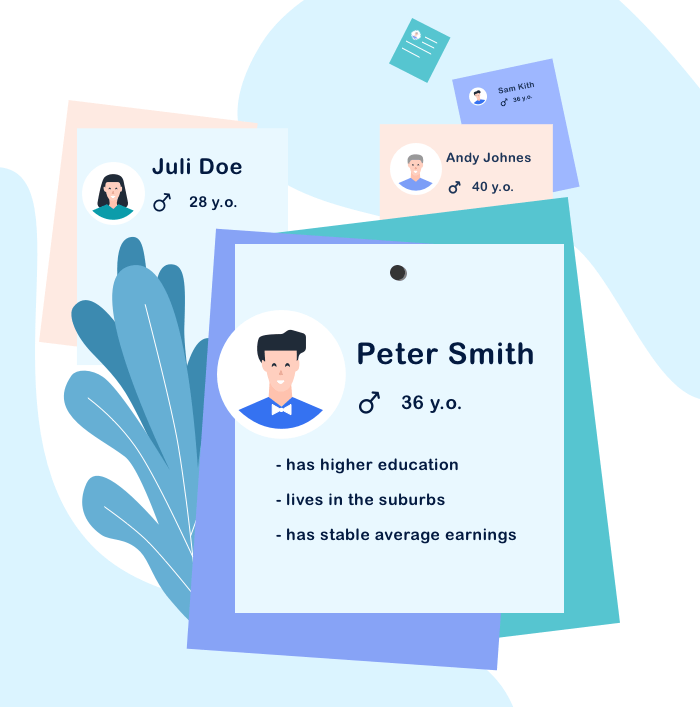
Features That Should Be Realised
At the beginning of the on-demand app developmental process, it is reasonable to think about the MVP (minimum viable product) in order to analyze the customers’ feedback and gradually expand the functionality. There are basic features that should be implemented at this stage:
- customized and user-friendly design;
- ability to track order and delivery status;
- flexibility in payment options;
- social networking integration;
- push notifications;
- chatbots.
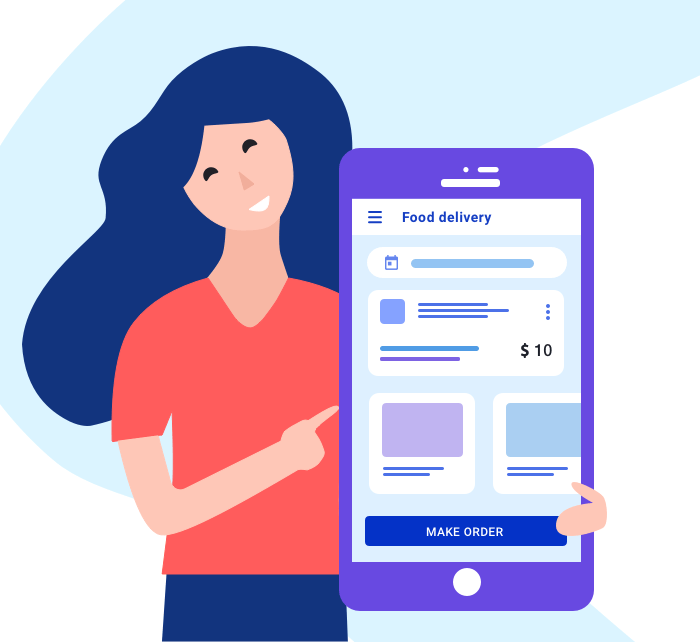
It may also be specific features that are inherent only to on-demand service apps:
- the possibility of choosing a potential performer;
- opportunity to rate/leave feedback about the performer;
If this is a delivery application, then the mandatory features are:
- an ability to schedule delivery by a specific time;
- geolocation;
- tracking delivery status on the map.
If the application implies the need to select products (for example, food delivery from stores), then you need to think about:
- product search form;
- wish list, list of comparisons;
- a shopping cart;
- purchase history.
Woxapp Approach
The basis of our approach is that we think over the architecture in order to be able to:
- collect the most valuable feedback from users;
- increase the functionality of the product based on this architecture without additional expenses.
Other important features of our approach are:
- consistent development of the necessary versions of the application;
- careful thinking of all possible scenarios;
- saving of time due to optimally suitable technology;
- one of the main emphasis is on the pleasant design and convenience of each user.
In order to evaluate our approach, we invite you to take a look on our already completed and successful projects.
- 7Likes Taxi. A feature of applications of this type is that one application splits into four as a result - for each of the operating systems, for customers and drivers, plus an administrative panel. Each solution requires careful study and selection of optimal technology in order not to do the same work twice.
- Want to Eat. Developing such an application, we have thought through all levels of users in detail - from the owner of the restaurant, who has extended functionality available to the client. Moreover, such solutions must be created with the ability to withstand a large load in case of simultaneous use by many clients.
Methodology
As a rule, we create apps on demand relying on SCRUM methodology. This ensures maximum involvement of our team in the development process, as well as effective interaction with the customer and his authorized representatives.
Technologies Used
Of course, the list of technologies used will be different for each application, since each solution solves a specific problem. Based on our experience, we can list the following technologies.
Back-end
- Programming languages: PHP, NodeJS, Go
- Frameworks: Phalcon, Symfony
- Caching system: Redis, Memcached
- Queue server: German
- DBMS: MySQL
- NoSQL DB: RethinkDB, MongoDB
Front-end
- Programming languages: TypeScript, JavaScript
- Markup Languages: HTML5/CSS3
- Frameworks: Angular, Vue.JS, EmberJS
- Preprocessors: SaSS
For Android
- Java, Kotlin programming languages
- Realm, Room databases
For iOS
- Swift programming language
- Realm database
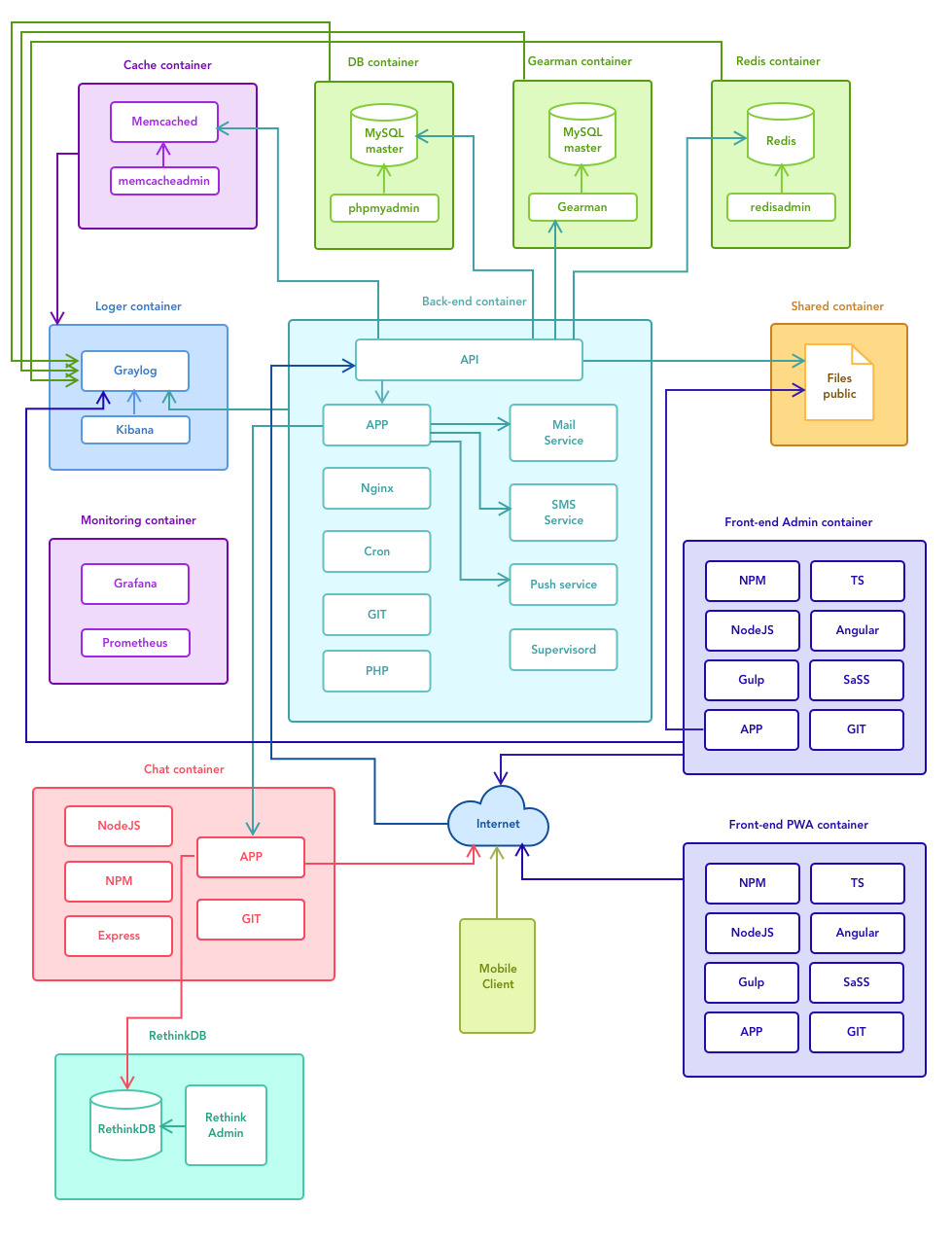
On-demand App Development Cost
Thus, on-demand app development cost will be individual for every project. The main factors that affect the price include:
- the number of necessary features to be realized;
- the complexity of design;
- the technologies used;
- the platform/platforms an app is created for;
- the possible difficulties caused by the specificity of the idea.
Get in touch with our on-demand app development team in order to make your idea a demand that's inevitable!

